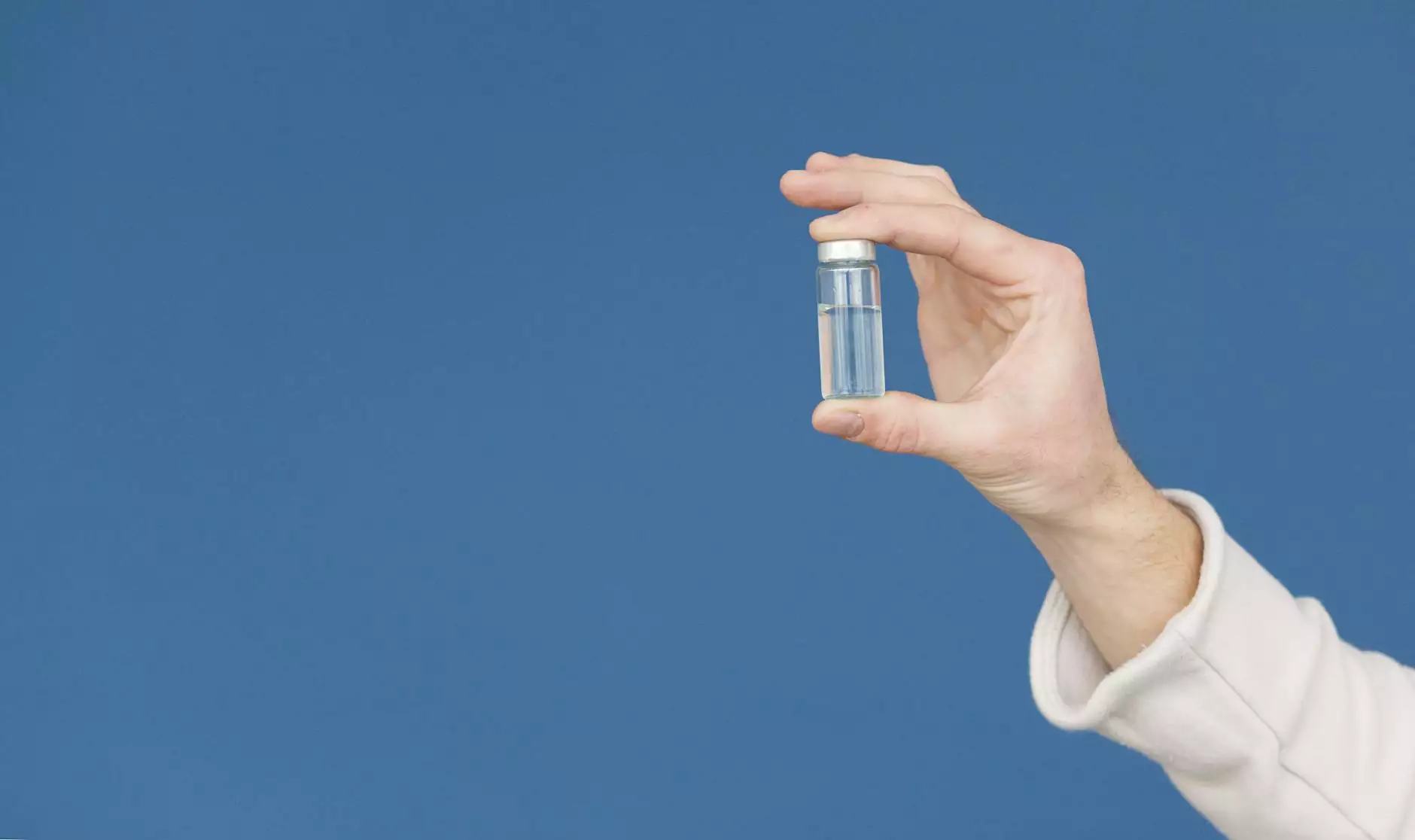The Essential Role of Bone Density Machines in Modern Healthcare

In today's healthcare landscape, bone density machines have become indispensable tools in diagnosing and monitoring conditions related to bone health. These machines play a critical role in assessing bone density and strength, which is vital for preventing osteoporosis and other bone-related diseases. This article delves into the specifics of bone density machines, their uses, how they work, and their impact on the health and medical sectors.
What is a Bone Density Machine?
A bone density machine is a sophisticated diagnostic device used to measure the mineral content and density of bones. The most common type of bone density test is called Dual-Energy X-ray Absorptiometry (DEXA or DXA), which is known for its accuracy and efficiency. This non-invasive procedure uses low-dose X-rays to assess bone density in areas like the spine, hip, and forearm, allowing clinicians to determine one’s risk of fractures and osteoporosis.
Why is Bone Density Testing Essential?
Understanding the importance of bone density testing is crucial for several reasons:
- Early Detection: Identifying low bone density early can help in the management and prevention of osteoporosis.
- Personalized Treatment Plans: Test results allow healthcare providers to tailor treatment plans for individuals based on their specific bone health needs.
- Monitoring Changes: Regular bone density tests can help track changes over time and assess the effectiveness of ongoing treatment.
Who Should Get a Bone Density Test?
Bone density tests are especially recommended for:
- Postmenopausal Women: Due to hormonal changes, women who have gone through menopause are at a higher risk of developing osteoporosis.
- Individuals with Risk Factors: People with a family history of osteoporosis, those with certain medical conditions (such as hyperthyroidism), or those taking medications that affect bone density.
- Older Adults: As we age, our bone density typically decreases, making regular testing important for older individuals.
How Does a Bone Density Machine Work?
Bone density machines, particularly those using DEXA, operate by measuring the absorption of X-rays in the bone compared to that in soft tissue. The basic mechanism is as follows:
- The patient lies on a padded table, and the machine passes over the area to be scanned.
- Low-dose X-rays are emitted, and the absorption rate is measured.
- The results are displayed in terms of T-scores and Z-scores, which indicate bone density compared to a standard population.
The Benefits of Using Bone Density Machines
The application of bone density machines has numerous advantages for patient care:
1. Non-Invasive and Painless
Bone density testing is a quick, painless procedure that requires no anesthesia or extensive preparation. Patients can comfortably undergo the test without any discomfort.
2. Accurate Results
DEXA scans are recognized as the gold standard for measuring bone density, providing reliable and precise results that clinicians trust for making informed health decisions.
3. Risk Assessment
These machines help in properly assessing an individual's risk for fractures, allowing for timely interventions that may include lifestyle changes or medication.
Bone Density Testing and Treatment Options
Upon receiving the results from a bone density machine, healthcare professionals may recommend several treatment options:
- Medications: There are various medicines available that can help increase bone density, such as bisphosphonates and hormone therapy.
- Nutrition: Enhancing dietary intake of calcium and vitamin D is crucial for bone health.
- Exercise: Weight-bearing exercises are highly beneficial for maintaining and improving bone density.
Innovations in Bone Density Technology
The field of bone density testing is continuously evolving, with new technologies enhancing the accuracy and accessibility of these tests. Some advancements include:
1. Portable Bone Density Machines
Recent developments have led to the creation of portable bone density devices that can be used in various settings, including at home or in rural health clinics, making testing more accessible to patients.
2. Advanced Imaging Techniques
New imaging techniques are being developed that provide more comprehensive views of bone quality, beyond just density, offering greater insights into bone health.
Conclusion
In conclusion, bone density machines represent a crucial component of health diagnostics in the medical sector. Their ability to detect and monitor bone health issues early on can significantly impact patient outcomes. By embracing advances in this technology and spreading awareness about the importance of routine testing, we can foster a healthier future for individuals of all ages.
At beammed.com, we are dedicated to promoting awareness about bone health and the tools available to assess it. Regular bone density tests, combined with a healthy lifestyle, can lead to better health management and improved quality of life for many.









